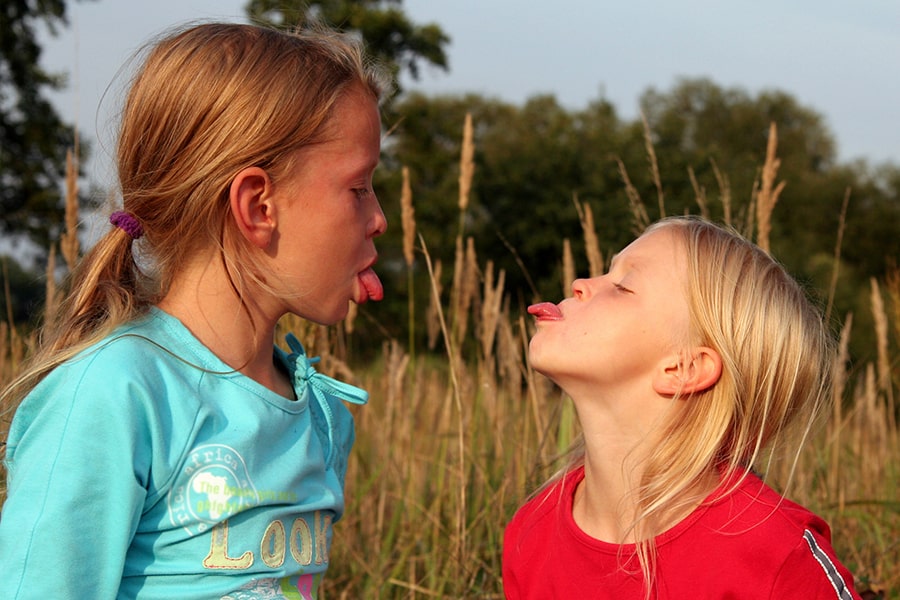
Source: Washington Post
By: Braden Bell
Not all unkindness is bullying. Here’s why we need to teach kids to differentiate.
In my work as a teacher I’ve noticed in recent years that parents frequently default to the term “bullying” to describe a lot of undesirable interactions their children have with peers. Bullying is tragically real, with devastating consequences in both the short- and long-term. But bullying also has very specific meaning.
Although definitions vary, they generally include some common themes. Stopbullying.gov defines bullying as “unwanted, aggressive behavior among school-aged children.” According to the site, it must include an imbalance of power (whether it’s strength, popularity, or access to information), and is a behavior that happens repeatedly or could be repeated. “Bullying includes actions such as making threats, spreading rumors, attacking someone physically or verbally and excluding someone from a group on purpose,” the site says.
When bullying happens, it’s crucial to address it immediately and effectively. It almost always requires adult intervention from parents, school officials, counselors or even law enforcement. But a recent experience with one of my children reminded me that not all undesirable or unkind behavior is bullying. One of my children was being subjected to sarcastic and cutting remarks from a co-worker. It was rude and discouraging and made my child feel self-conscious and isolated.
I’m an experienced teacher and parent of five children. I’m closer to 50 than 40. You’d think I’d be fairly grounded by now. But when my child told me about this, I was furious and reacted with a potent mixture of anger and judgment. I suspect most parents have felt something similar. In this state of heightened parental emotion, it’s easy to define the offensive behavior as bullying, particularly because it provides a narrative structure with a clear-cut villain and victim. But it’s important for parents to resist, or at least question, our use of the term.
After I calmed down a bit I realized that this incident didn’t rise to the level of bullying. None of the criteria above was really present, particularly the power imbalance. Someone can be insensitive, thoughtless, immature, mean and even aggressive without it being bullying. And it’s important to make sure children understand that. Here’s why: For the rest of their lives, our children’s happiness at home and success at work will be determined by how well they can navigate relationships and resolve difficult issues. If we write every unpleasant encounter off as bullying, we don’t prepare them well. At a minimum, we are modeling misdiagnosis.
“When we fail to distinguish between bullying and ordinary meanness, we trivialize the very serious cases of peer abuse,” Eileen Kennedy-Moore, an author and clinical psychologist based in Princeton, N.J., wrote in an article in Psychology Today. “Also, calling every act of meanness bullying sends an unhealthy message: It says to kids, ‘You’re fragile. You can’t handle it if anyone is even slightly unkind to you.’ ”
Braden Bell is a teacher, writer and director from Nashville. The author of seven novels, he blogs and writes a newsletter with reflections about parenting adolescents. He’s on Twitter @bradenbellcom.







